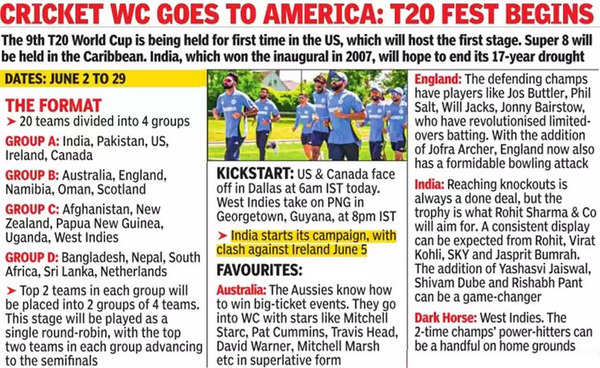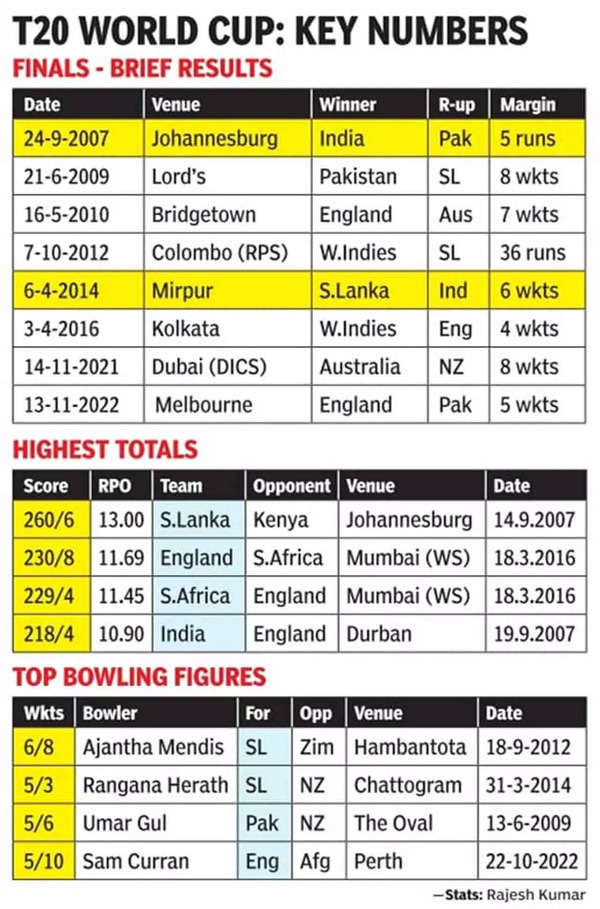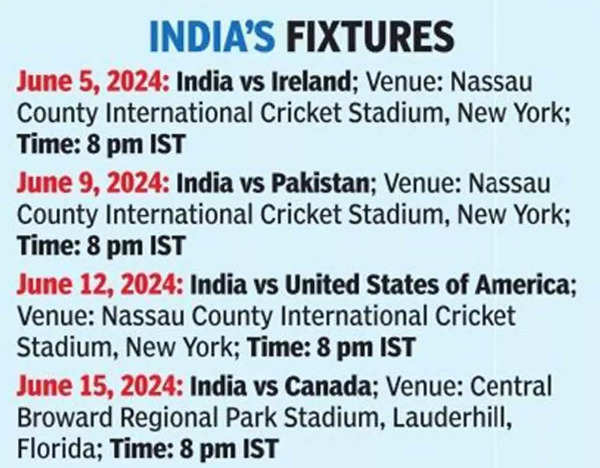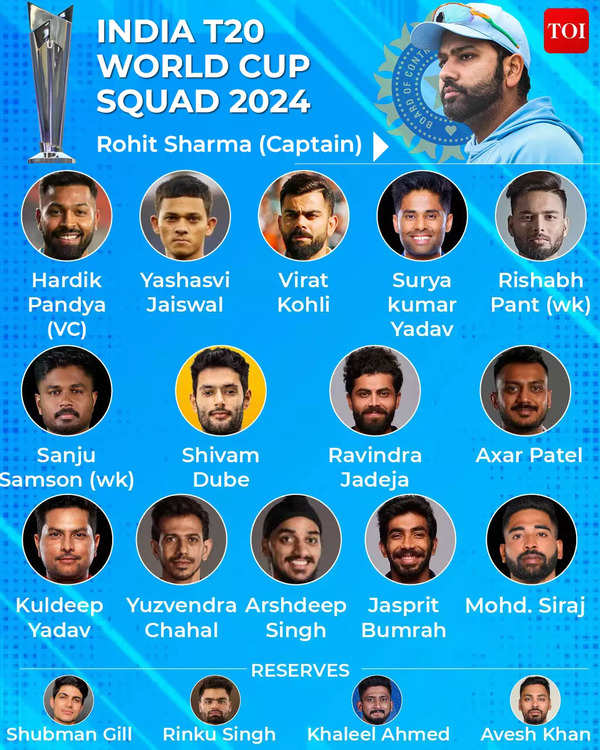[ad_1]
If you are not following what’s happening around the cricket world, you can be pardoned for mistaking it as the basketball World Cup opener. United States vs Canada in Dallas – there’s nothing about this fixture that suggests that a cricket World Cup is about to start.
But then, that’s what it is.Cricket needs its push towards globalization following its entry into the Olympics and the International Cricket Council (ICC) has no option but to make the World Cup of the sport’s most marketable format a bit of a free-pass. Twenty teams is probably a little too much and quite a few matches in the first two weeks – 16 of which are in the USA – will stand a chance to shape up as immensely one-sided affairs.

While Groups C and D have three teams each which can come close to qualification for Super 8, Groups A and B are a little too lop-sided, even if we keep the ‘game of glorious uncertainties’ cliché in mind. Take India’s Group A for example. Yes, there’s a marquee India-Pakistan game at the Nassau County ground which is important for the sport’s popularity in its new found land. But India’s other three opponents – Ireland, USA and Canada – over 10 days isn’t exactly the fare that cricket fans are waiting for.
It’s most likely that a few records will be broken, some massive scores will be put up – a famous former cricketer, in fact, joked that India may enforce the follow-on in a game or two! But will it stand India in good stead when they go into Super8s, where they are likely to face New Zealand, Sri Lanka and Australia over a period of seven days?
And before we get to that, there can be a case of consumer fatigue, if there are too many games which don’t capture the imagination of the viewing public. It is a must to keep the fans glued to the action and one-sided cricket matches can truly be a put-off for those who are born and bred on high-intensity adrenaline rush.

But then, the administrators running the sport would argue that the problem of bloat is not necessarily a cricket problem. In its bid to make the sport more “democratic”, football World Cup has been made a 48-team event (from its present 32) from the next edition. And FIFA would flaunt the fact that Morocco’s entry into the semifinals or Japan’s knockout punch on Germany in the group stage of the last World Cup prove that they are on the right track. In fact, the Morocco parallel came up for discussion when minnows Afghanistan were in the middle of a brilliant run in the ODI World Cup in India last October-November.
When Afghanistan beat Pakistan in the league stage in Chennai following a big chase, the Afghan coach Jonathan Trott was asked whether they would like to be called “the Morocco of cricket”. “We want to be the best version of ourselves. But to remain competitive we have to play more against the best teams in the business,” Trott had said as his Afghan warriors briefly threatened to qualify for the semis.
It is a similar story that the ICC is hoping from this World Cup as well. Of course, no one wants the supremely popular India to lose before semifinals, but the emergence of a new nation in cricket is long overdue.
The USA have a team full of Indian and Pakistani-origin players who couldn’t make it big back home. While it will be some story if they can pull off the odd upset, Ireland on their day have the ability to trouble top teams. Nepal is another country where cricket is immensely popular and they have made some giant strides in recent times, but the beautiful story of this World Cup can be Uganda.
The small and poor African nation has made the T20 World Cup and most of its players have grown up in slums of Kampala, nurturing the dream that cricket will be a gate-pass to better lives.

They have an Indian coach in Abhay Sharma, who was the captain of a Ranji Trophy winning Railways side, and he said that he didn’t have an idea before taking up the job that some of these players have gone through such hardships. “These guys have immense respect for coaches. They think we can change their lives,” Sharma said during an interview recently from Trinidad and Tobago, where the team was preparing for the World Cup.
If a team like Uganda pull off an upset or Afghanistan go on to play the semifinals, we should all be happy. Of course, we will have the usual suspects who will flex their muscles as the tournament gets to its business end. India’s fortunes will obviously become the talking point while teams like Australia and South Africa will look to dominate with their no-holds-barred cricket.
West Indies, at home, too should dish out their Calypso flair and in the middle of all these, a beautiful underdog story would become the cherry on top that the sport needs to become a global brand.

[ad_2]
Source link








562806 198524Thanks for another informative post. Exactly where else could anyone get that kind of info in such a easy to comprehend way of presentation. 521480
775838 671138I needs to spend a while learning more or figuring out more. Thanks for magnificent info I was on the lookout for this information for my mission. 241825